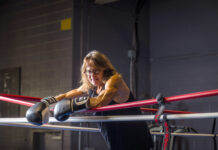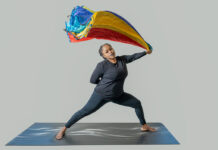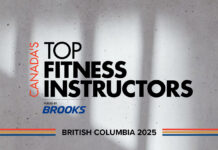For many years, I struggled to gain any consistency with exercise. My weight-loss journey had been one of failure and because exercise was tied to that mission, fitness had also been a very negative experience. Until my goals became something other than weight loss they never materialized.
I was a frequent flyer at most diet programs, never having any lasting traction at long-term weight loss, confused why I just couldn’t get it. In 2006, during another attempt to lose weight, I met my running coach, Chris. She had a larger body like mine, and focused on the athleticism, not the aestheticism. This was before the days of regular social media so seeing a representation of a woman in fitness leadership with a larger body was unheard of.
Chris changed my life.
After I trained for my first 5-kilometre race with Chris, I went on to run many more, then progressed to 10-kilometres, 15-kilometres and half-marathons. I eventually entered triathlons and long-distance cycling completing five consecutive Ride to Conquer Cancer events cycling over 250 kilometres from Vancouver to Seattle.
I did it all without losing one pound.
I eventually started leading people in 10-kilometre training, and this led me to my calling. I left my successful career as a talent agent and started a fitness business dedicated to people with larger bodies. Fast forward 18 years and over 40,000 coaching hours under my belt, I have learned a great deal about sustainable fitness from a weight-neutral and size-inclusive approach.
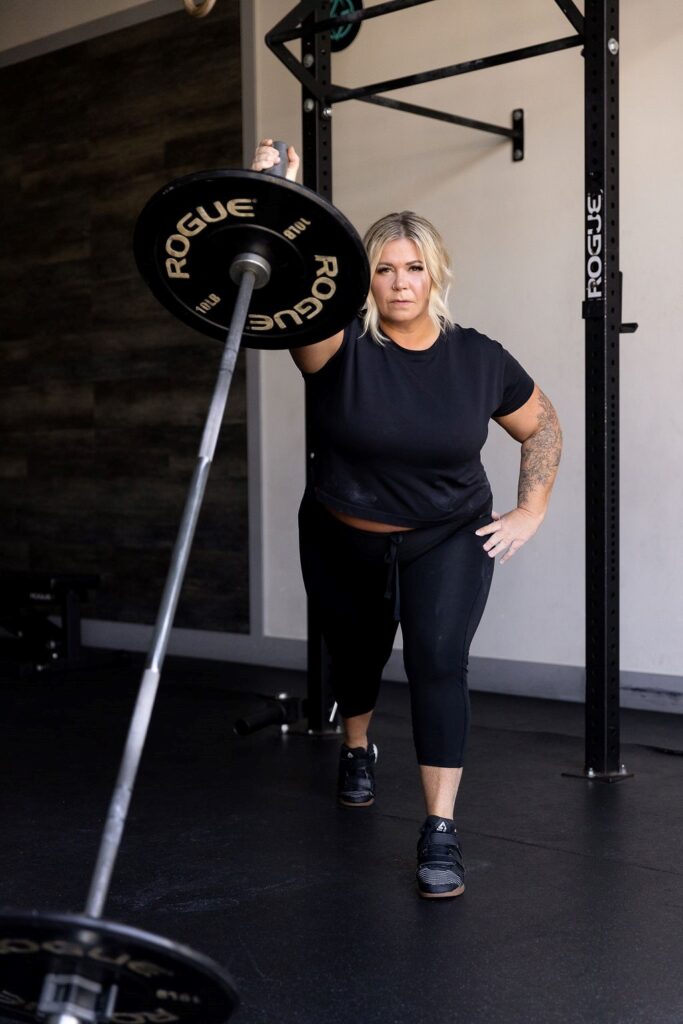
If you have struggled with your weight for a long time, here are some things you should know:
- Non-scale goals can lead to more consistency.
- For some people weight loss is much more complex than a simple equation of calories in and calories out. Tethering weight loss to your fitness goals can cause inconsistency in exercise when weight loss becomes a challenge.
- Weight loss, hunger and satiety are tied to metabolic rate, endocrine response, hormones and genetics and are sometimes more out of our control than we think.
- Studies have shown that most people do not achieve long-term weight loss and that repeated cycles of weight loss and gain cause metabolic adaptation that makes it easier to gain body fat and more difficult to lose body fat in the future. Knowing this now, explains my struggle and my body’s physiology.
- Weight cycling that is commonly observed in people who struggle with weight has been associated with having a negative impact on both physical and psychological health.
- The research also shows that a strong weight bias exists among health professionals, likely because many of them haven’t struggled with metabolic conditions and lack the actual experience of repeatedly trying to lose weight.
- The research also shows that when people with larger bodies experience weight bias they are less likely to continue to show up, and self-isolate from exercise.
- Often, bigger bodies can look like a lifestyle problem, or a motivation issue and this is why we have a fitness industry working hard to get people leaner. Knowing the complexity of the issue, this is out of the scope of practice for most fitness professionals to prescribe.
- The data strongly shows that people who regularly exercise, regardless of their body size, have better health outcomes.
- It can be challenging to move our behaviours away from the scale. With my clients it’s often the unlearning of diet culture that poses more difficulty than the physical coaching.
For some people weight loss is much more complex than a simple equation of calories in and calories out.
- Here are some things you can start to do:
- Do your due diligence in finding weight-neutral fitness professionals who focus on the fitness, not your body size, and you may see your relationship with movement drastically change.
- Stop using the scale as an indicator of success and start focusing on non-scale goals. How far did you go? How much did you lift? Start celebrating what your body can do instead of focusing on what it isn’t doing.
- Start following larger-body fitness accounts, trainers and athletes on social media to normalize the representation of ‘normal’ bodies.
- Do the inner work for deeper body acceptance. One small thing you can do is to end your day with a gratitude statement that includes your body. Example: “Today I was so proud of my body for completing the hike, my legs felt really strong.”
- Try to see things for what they are. We are a thin-driven society; try to move away from buying into anything that presses on the pain points of not meeting the societal ideal.
In many cases, the weight of our bodies is not as controllable as we think. What is in our control are our health behaviours and attitude.
You can achieve fitness success in the body you have, right now.
I see it all the time.
Photography: Vairdy Photography
You may also like: Four Top Core Exercises for Runners
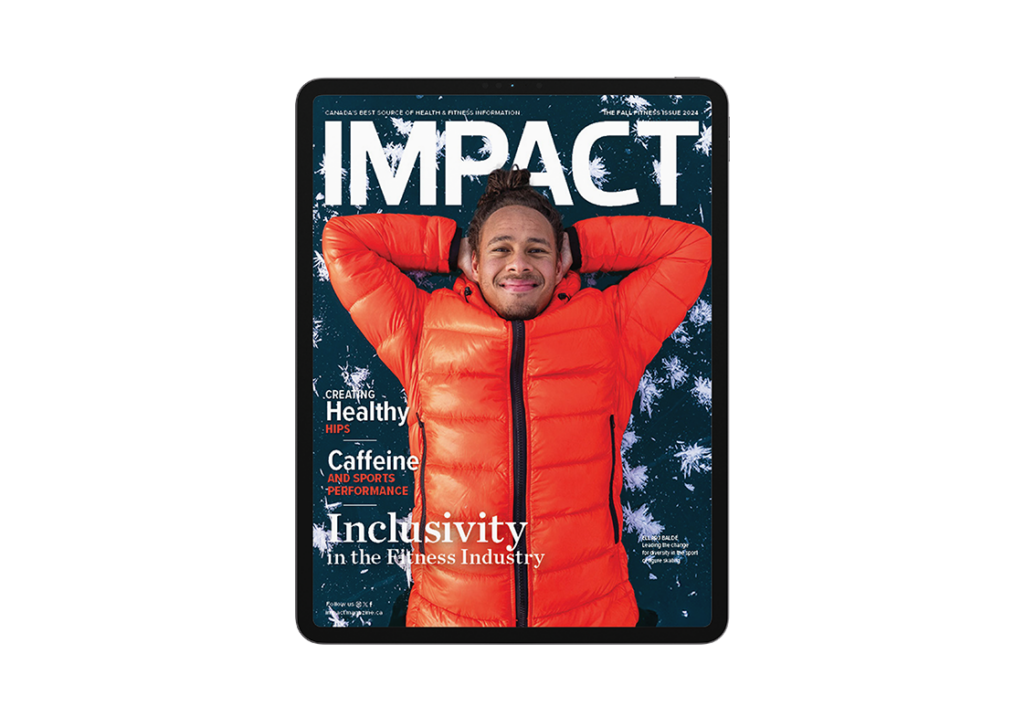
Read This Story in Our 2024 Fall Fitness Issue
IMPACT Magazine Fall Fitness Issue 2024 featuring Canadian figure skating icon Elladj Baldé, Paralympic shot putter Greg Stewart, Indigenous rights trail running Anita Cardinal. Adventure travel with some amazing winter getaways, strengthen your back and hips, find the art of joyful movement, Inclusivity in the fitness industry and so much more!



